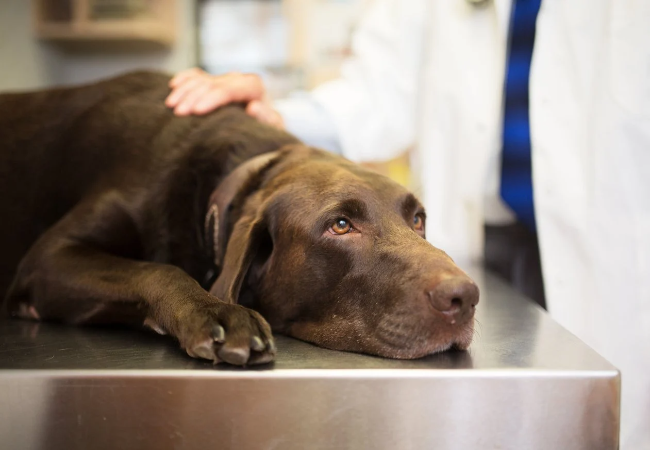Dog Spay Surgery in 2025: Vet‑Approved Guide to Risks, Recovery & Benefits 🩺🐶

In this article
Dog Spay Surgery in 2025: Vet‑Approved Guide to Risks, Recovery & Benefits 🩺🐶
By Dr. Duncan Houston BVSc
Spaying—also called ovariohysterectomy—is a routine but major surgery to remove a female dog’s ovaries and uterus under general anesthesia. Here’s everything you need for a smooth experience in 2025.
1️⃣ When Is the Best Time to Spay?
- Most vets recommend between 6–12 months, before first heat, to reduce mammary cancer risk and speed up recovery.
- Large breeds may wait a bit longer to avoid joint issues; smaller breeds often spayed earlier.
- “Early-age” (6–14 weeks) spays are safe in shelters but tailored timing for each dog is best.
2️⃣ What Happens During Surgery?
- General anesthesia with IV catheter, monitoring, and preparation.
- Removal of ovaries, fallopian tubes, and uterus via abdominal incision.
- Typical surgery lasts 30–60 minutes, including prep and recovery.
3️⃣ Benefits of Spaying
- Prevents unwanted litters & helps control overpopulation.
- Reduces risk of uterine infection (pyometra), ovarian & mammary cancer.
- Eliminates heat cycles, reduces roaming, marking, and some hormone-driven behaviors.
- May ease aggression or anxiety in certain dogs—but timing and temperament affect outcomes.
4️⃣ Risks & Considerations ⚠️
- Anesthetic risks, bleeding, infection, or suture complications—uncommon with today’s protocols.
- Spaying too early (before growth plate closure) may increase joint or urinary issues; weight management post-surgery is important.
5️⃣ Post‑Op Care at Home
- Recovery time: 10–14 days of rest, no running or jumping.
- Incision care: Keep site clean and dry; monitor for redness, swelling, lumps (possible seroma).
- Use an e-collar or recovery suit to prevent licking.
- Pain management: Follow vet-prescribed medication even if your pup seems fine.
- Follow-up: Vet check after 10–14 days for suture removal or clear healing confirmation.
6️⃣ Quick Care & Warning Chart
| Topic | Details |
|---|---|
| Ideal Age | 6–12 months (breed-dependent) |
| Surgery | 30–60 min under anesthesia |
| Recovery Time | 10–14 days of calm, limited activity |
| Benefits | No heat, lower cancer/infection risk, behavior help |
| Risks | Anesthesia, infection, weight gain, joint impact if early |
| At‑Home Care | Monitor incision, pain meds, limit activity, use collar/suit |
🔍 Final Thoughts
Spaying is a safe, effective procedure that benefits your dog’s health and behavior while helping reduce pet overpopulation. With careful timing, attentive recovery care, and vet guidance, your furry family member will heal well and enjoy a happier, healthier life. 🐾❤️
Wondering when or how to schedule your pup’s spay? Download the Ask A Vet app for personalized advice and recovery support anytime. 📱🐕






